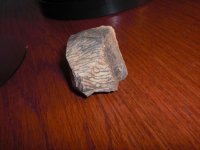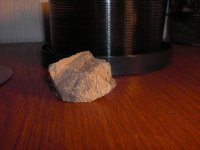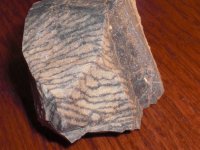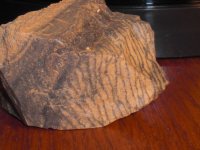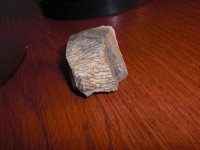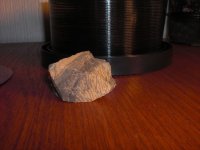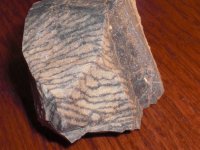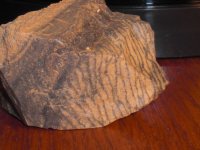chong2
Bronze Member
This chunk was found with two small flakings of the same material in a indian camp site about 1/2 mile radius. It has a smooth surface to it, as flint does. I have never seen this material before untill i saw a fellow TN member post up a picture of a paleo indian knife made out of it "7th pic down in the link " http://forum.treasurenet.com/index.php/topic,214263.0.html
My material was found in SW New Mexico, his was found in Tennessee .
Can someone help us identify the material, as to what it is and where it originates from. I would be veru appreciated. Thanks Everyone!!!!!!!
My material was found in SW New Mexico, his was found in Tennessee .
Can someone help us identify the material, as to what it is and where it originates from. I would be veru appreciated. Thanks Everyone!!!!!!!


